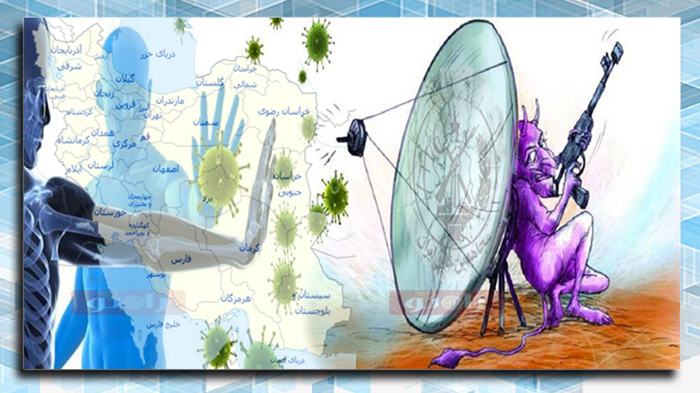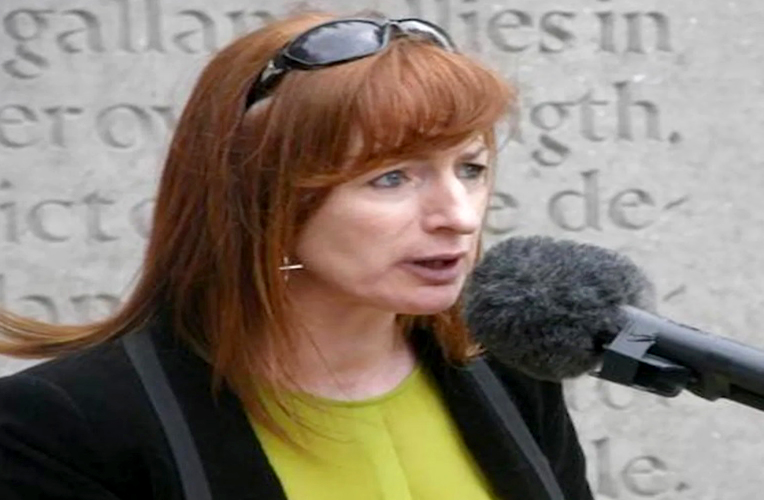February 11 marks the 42nd anniversary of the Iranian revolution of 1979, which ousted a despotic monarch and ushered in what many Iranians hoped would be the independence and freedom they had fought to attain for so long. These hopes were not fulfilled, however, and under the Islamic Republic, Iranians have had to continue their fight for freedom.
Their efforts have at times been undermined by outside pressure, driven by the false narrative propagated by opponents of diplomacy in the United States that the Islamic Republic is on the brink of collapse.
Despite the decades-long political struggle of Iranians — from the 1906 Constitutional Revolution, to the nationalist movement of Mossadegh in the 1950s and the various opposition groups that the Shah repressed in the 1960s and 70s — the world was still shocked by the overthrow of the monarchy. Less than 14 months before the revolution, President Carter infamously called Iran “an island of stability.” In retrospect, it seems, this was more the wishful thinking of people with a geopolitical stake in Iran’s future, than careful analysis of the reality in the country.
In the 42 years that have followed, commentators and analysts — often those with their own political motives — continue to fall for the same trap, conflating their own desire for the collapse of the Islamic Republic with the facts on the ground. If the lessons of 1979 teach us anything, it is that such lack of understanding should not inform American foreign policy decisions.

One of the most notable figures to lead this charge has been the eldest son of the fallen Shah, Reza Pahlavi, who declared himself the rightful king of Iran in October of 1980, three months after his father’s death. Mr. Pahlavi has made a name for himself among anti-Iran hawks and neocons in Washington for his persistent claim that the Islamic Republic is on the verge of collapse, an idea echoed by monarchist supporters in the Iranian diaspora.
Speaking to an audience at Georgetown University in 1989, Pahlavi stated, “I have no doubt that the Iranian people are taking the first steps to dispose of the Islamic Republic. Many Iranians now believe that the Khomeini regime has reached the end of its life.” 32 years after his confident assertion, the Islamic Republic still stands.
But the idea that the Islamic Republic is on its last legs is not an idea that can be attributed to Pahlavi alone.
Another dissident group — and formerly U.S. designated terrorist group — with a wildly different vision for Iran, the Mujahedeen-e-Khalq (MEK), has also promoted this narrative while appealing to U.S. officials to put pressure on the Islamic Republic. What both the MEK and diaspora monarchists have in common is their disconnect with Iranian people and society, which has evolved significantly over four decades. These groups often ignore the political movements and actors inside Iran, or the fact that millions of Iranians — encompassing the majority of the voting population — participate in Iran’s elections because the outcome impacts their daily lives.
In the case of dissident groups it is plain to see why they would promote the idea that the Islamic Republic is weak and close to falling. These groups have, in fact, for years helped prevent American diplomacy in favor of sanctions and military threats based on the premise that the regime is perpetually on the “verge of collapse” and diplomatic engagement would throw it a lifeline.

In June 2019, when asked if the U.S. and Israel would have to intervene militarily in Iran, Reza Pahlavi went as far as saying, “if the proper pressure does not exist at this time to force this regime to collapse, then of course it would become unavoidable to consider other options.” All of this is to say that the narrative they espouse fits their own political objectives.
American foreign policy decisions, however, should not be based on the political agenda of any group, especially one that does not have the best interests of the U.S. and the American people in mind. In order to make informed policy decisions, we must separate ideological aspirations from facts on the ground. Despite four years of “maximum pressure” on Iran under the Trump administration, which included unprecedented sanctions, extrajudicial assassinations, sabotage, threats, and belligerent rhetoric, the Islamic Republic continues to stand — as it has done in the face of enormous pressure over several decades — and the domestic movement for human rights in Iran has been weakened. And while sanctions have brought unjust hardship to millions of ordinary Iranians, Iranian officials remain unscathed.
The narrative of imminent collapse has been part of the discourse on Iran since the revolution of 1979. But like the story of total stability before the revolution, this analysis appears to be driven more by the political interests of a few than an objective examination of the Islamic Republic’s internal security.
If we wish to grapple with the many issues the Iranian government poses, most notably the repression of its own people, we must do so with a strategy grounded in reality. Though anti-Iran hawks in Washington and some dissidents in the Iranian diaspora may be willing to go as far as war to collapse the Islamic Republic, that is certainly not the will or desire of the American people. After decades of failed pressure-only policies, the Obama administration achieved a historic détente with Iran. Now, with the total failure of Trump’s maximum pressure, it is time to try something new: maximum diplomacy.
Written by Assal Rad – Responsiblestatecraft.org


